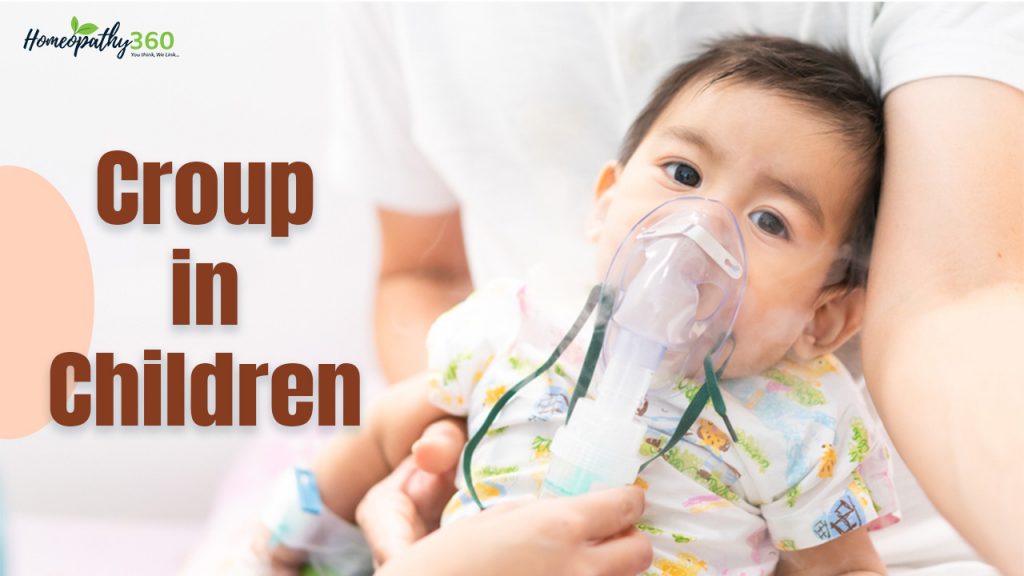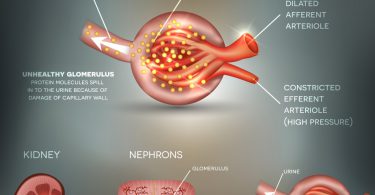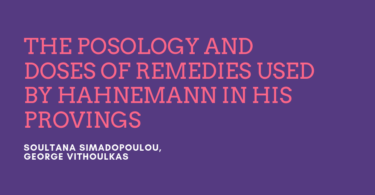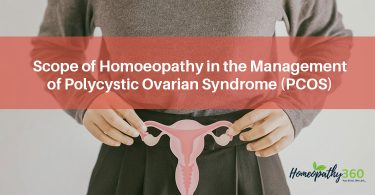
INTRODUCTION:
Croup is a group of acute and infectious respiratory conditions characterized by a distinctive barking cough, hoarseness, inspiratory stridor, and respiratory distress. In severe cases, it may be referred to as laryngotracheobronchitis. This article explores the epidemiology, clinical features, diagnosis, and homoeopathic management of croup in children. Homoeopathy offers a holistic and individualized approach to treatment, focusing on the unique symptoms and characteristics of each patient.
EPIDEMIOLOGY:
Croup is most commonly observed in children between 3 months and 5 years of age, with the peak incidence occurring in the second year of life. Recurrences are frequent between ages 3 and 6 years and tend to decrease with the growth of the airway. Boys are more commonly affected than girls. Croup is commonly seen in late fall and winter, although cases can occur throughout the year. Approximately 15% of patients have a strong family history of croup.
SITE OF AFFECTION:
Croup primarily affects the larynx, trachea, and bronchi, leading to the characteristic symptoms of barking cough and stridor.
ETIOLOGY:
The main cause of croup is viral infections of the upper respiratory tract. Common viral culprits include parainfluenza viruses, influenza A and B, adenovirus, respiratory syncytial virus, and Mycoplasma.
CLINICAL FEATURES:
The onset of croup is often preceded by rhinorrhea, pharyngitis, and a mild cough. Low-grade fever may be present for 1-3 days. As the condition progresses, the hallmark features of croup become apparent, including the characteristic barking cough, hoarseness, and inspiratory stridor. Symptoms are typically worse at night and may recur. Agitation and crying can exacerbate the symptoms, leading children to prefer an upright position.
EXAMINATION FINDINGS:
On examination, hoarse voice, coryza, and slightly increased respiratory rate may be observed. Nasal flaring, retractions in the suprasternal, infrasternal, and intercostal regions, and continuous stridor may also be present. In cases of spasmodic croup, a viral prodrome and family history may be reported.
DIAGNOSIS AND DIFFERENTIAL DIAGNOSIS:
Croup is primarily a clinical diagnosis and does not require radiographs of the neck. However, radiographs may show typical subglottic narrowing or a steeple sign on the posterior view, supporting the diagnosis. Differential diagnoses include bacterial tracheitis, foreign body aspiration, retropharyngeal or peritonsillar abscess, and angioedema.
HOMOEOPATHIC REMEDIES:
Homoeopathy offers a range of remedies for the management of croup, each tailored to the individual’s unique symptoms and characteristics. Some commonly used remedies include:
Spongia Tosta: Indicated for a dry, barking, croupy cough, worsened by inspiration and before midnight. Respiration may feel short and difficult, and the child may prefer to sit up.
Drosera: Suited for spasmodic, dry, irritating cough, similar to whooping cough, with paroxysms following rapidly. The cough is deep and hoarse, and may be worse after midnight.
Hepar Sulph: Suitable for a dry, hoarse cough, aggravated by exposure to cold winds or cold air. Cough may be loose and rattling in the morning, and the child may experience suffocative attacks.
Rumex Crispus: Indicated for a cough triggered by tickling in the throat pit, worsened by cold air and at night. Cough may be thin, watery, and frothy, followed by stringy and tough expectoration.
Pulsatilla: Suited for a dry cough in the evening and night, requiring the child to sit up in bed for relief. The cough may become loose in the morning with copious mucoid expectoration.
Corallium Rubrum: Indicated for a dry, spasmodic, suffocative cough, with rapid paroxysms and great sensitivity of the air passages.
CONCLUSION:
Croup in children can be effectively managed through homoeopathy, which offers a personalized and holistic approach to treatment. By analyzing the individual’s unique symptoms and characteristics, homoeopathic remedies can help alleviate the distressing symptoms of croup and support the child’s recovery.
REFERENCES:
- Hahnemann S. Organon of Medicine. 6th ed. New Delhi: B. Jain Publishers (P) Ltd; 2015. p. 217-218.
- Boericke W. New Manual of Homoeopathic Materia Medica and Repertory. New Delhi: B. Jain Publishers; 2005. p. 72, 106, 251.
- Gupte S. The Short Textbook of Pediatrics. 11th ed. New Delhi: Jaypee; 2009. p. 453.
- Lakshmanaswamy Aruchamy. Clinical Paediatrics. 4th ed. 201.p. 251.
- Behrman RE, Kliegman RM, Jenson HB. 18th ed. Nelson Textbook of Pediatrics. W.B. Saunders Company, Thomson Press (I) Ltd; p. 1605, 1864.





